SEARCH






|
|
|
|


A group of talented artists from AKQA took on the challenge to raise awareness for shelter animals and pet adoption in São Paulo, Brazil, and their art project, Canismo, is making a huge splash – literally!
Four shelter dogs are recorded using both high-speed photography and slow-motion video as they shake off different colors of non-toxic paint. The video is being used for promotional purposes, and the photographs capture the dogs in mid-shake as the paint flies in a thousand directions.
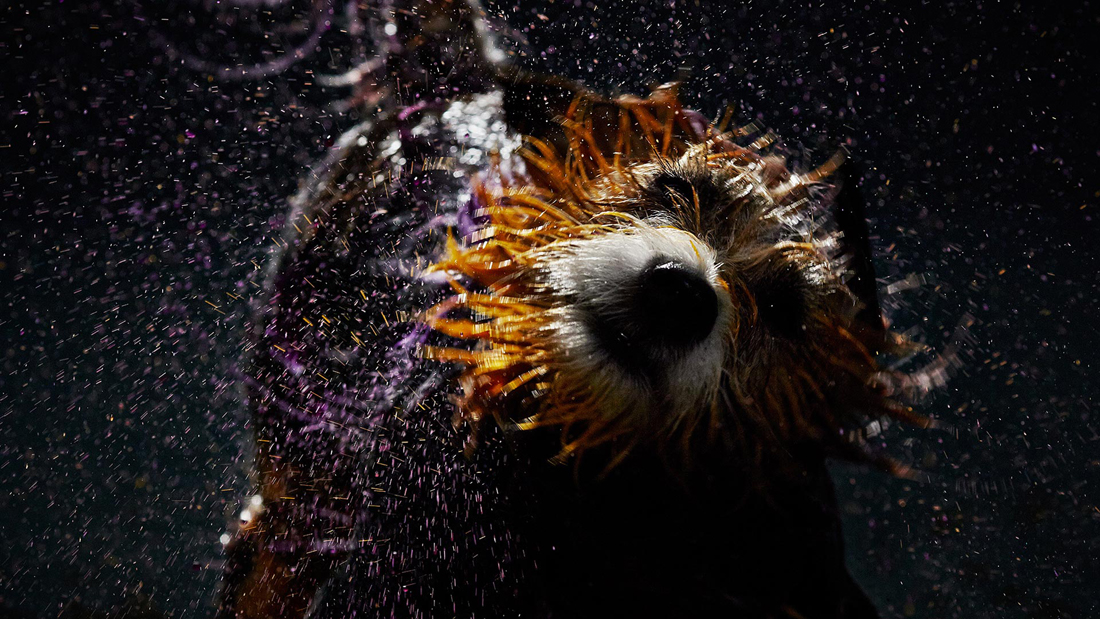
But the real genius of this project is actually in the receiving end of the flung paint. When each “artist” shakes – as all dogs predictably do when they’re soaking wet, of course – the cornstarch and food coloring based paint splatters nearby canvases, creating one-of-a-kind works of art that would surely knock the socks off Jackson Pollock himself.
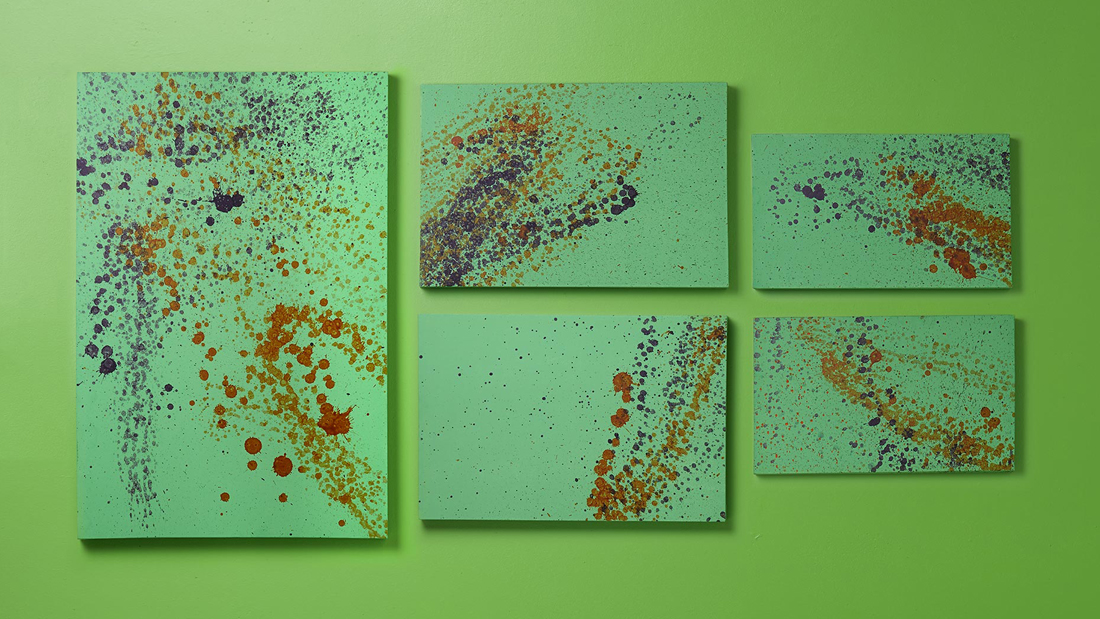
From the Canismo website:
"The shake of the paint reveals a remarkable exercise of freedom, where each drop of ink bears the stain of prejudice. The combination of different colours in the paintings shows the mixture of breeds, as random and as beautiful as each mongrel dog."
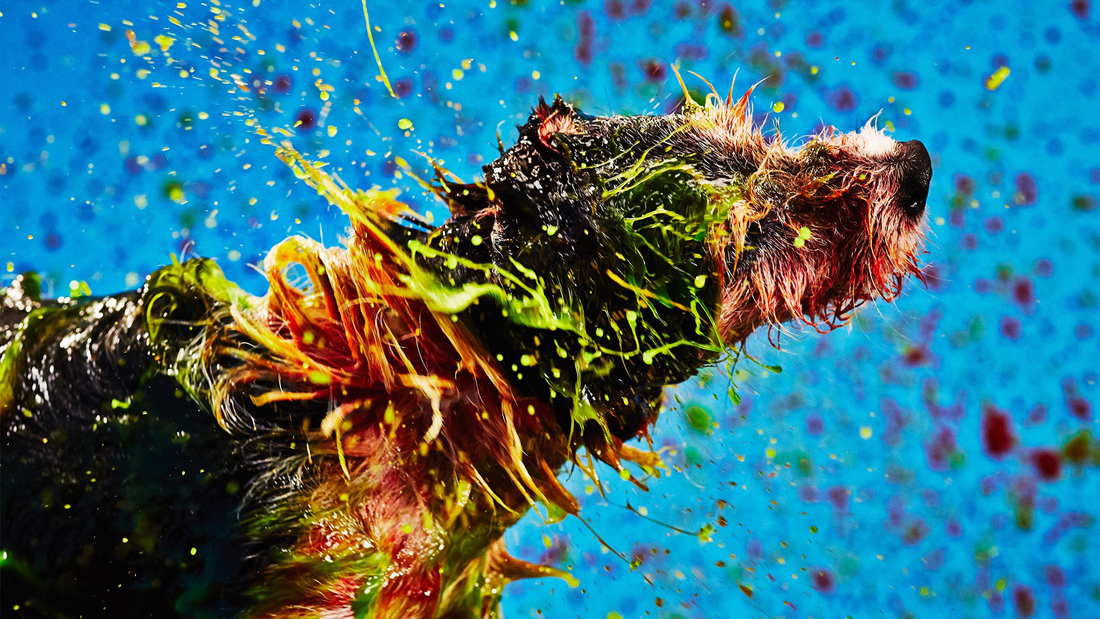
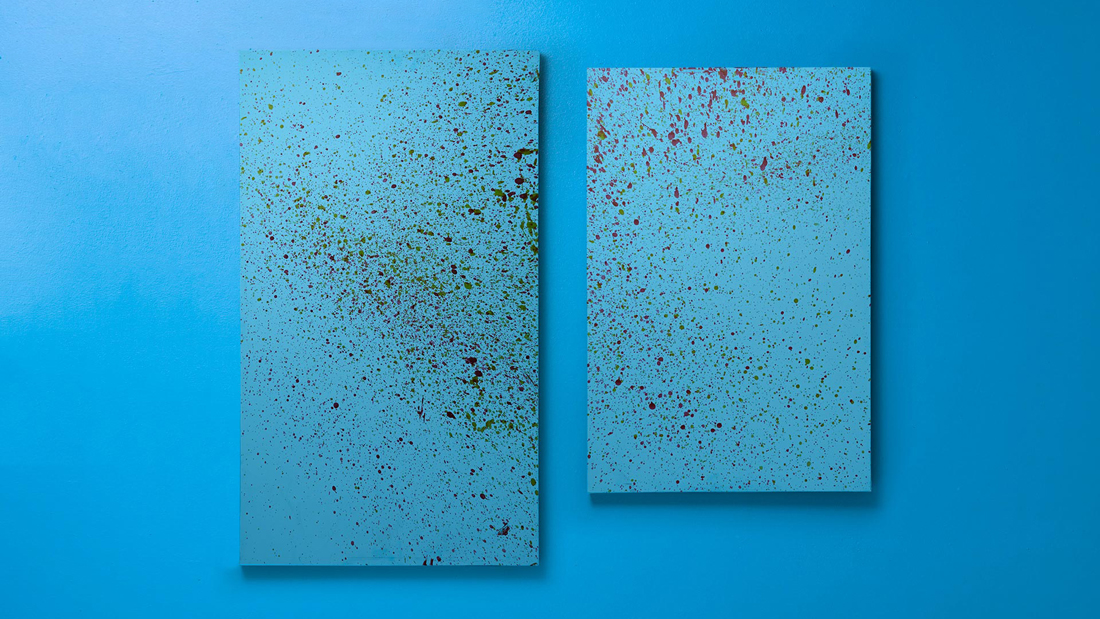
What’s most impressive about this project is how cleverly thought out it is, using a combination of video, photography and paintings to raise money for a cause that is in dire need of attention. Kudos to everyone involved for pulling out all the stops.
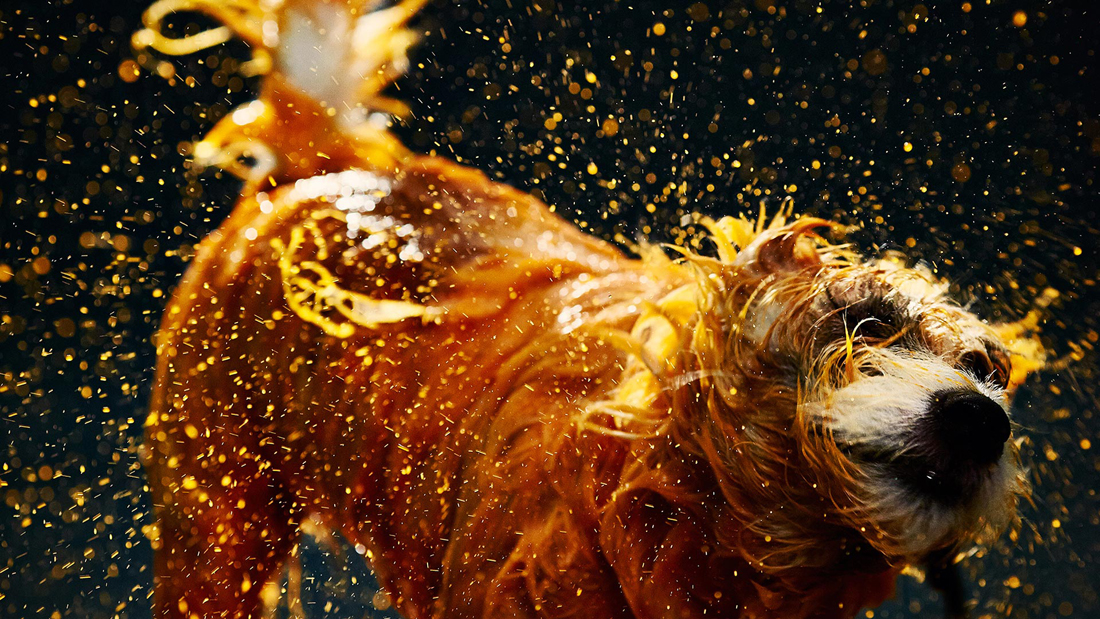
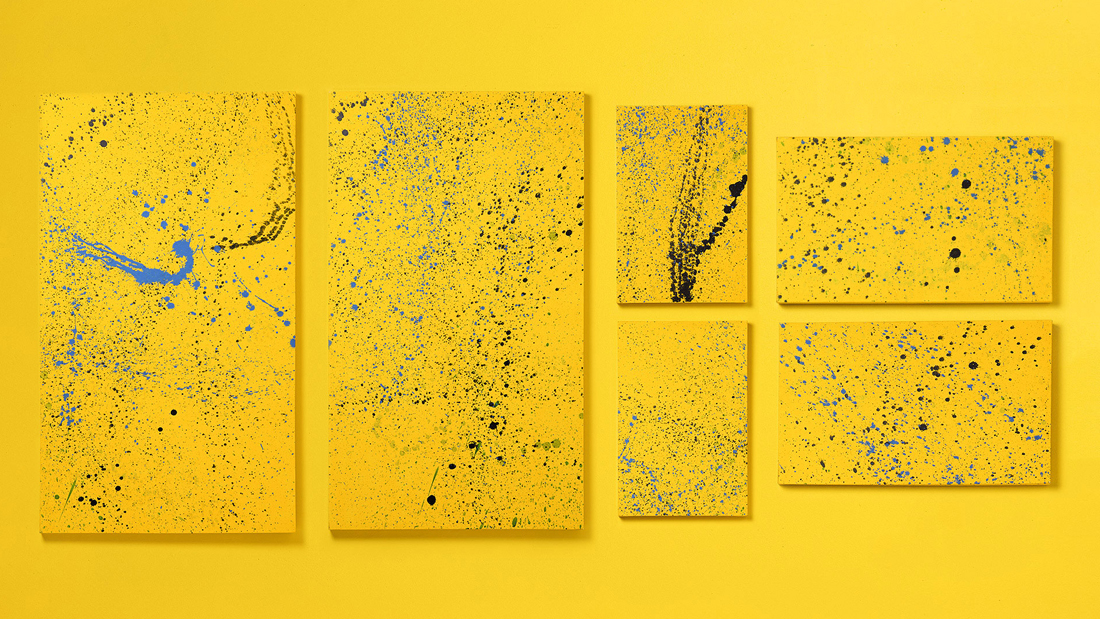
By the way, Jackson Pollock’s No. 5, 1948 went for $140 million in 2006 — the third most expensive painting ever sold. Now that’s the kind of number that would redefine the word “rescue” for sure!
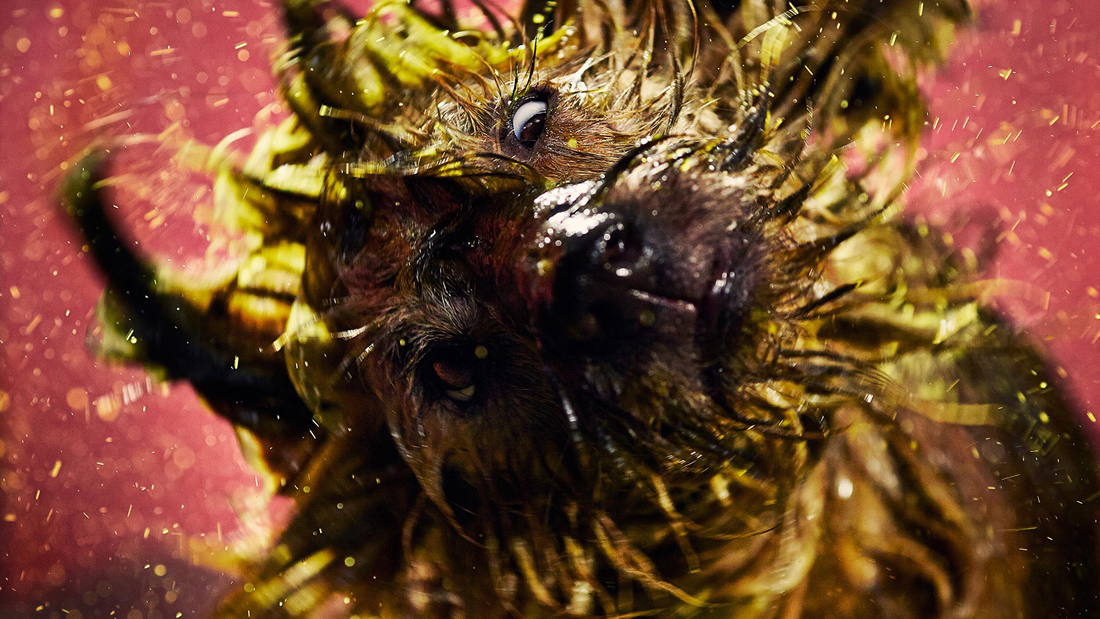

The photographs and 18 paintings will be on display from May 9 through June 9, 2015, at Perestroika's Black Wall Gallery in São Paulo. All of the proceeds from sales and donations will go to Jardim dos Amiguinhos (Garden of Little Friends), a local nonprofit animal rescue organization, where many of the artists’ furry friends reside, patiently waiting to be adopted.
Images and video courtesy Canismo
 | Write |
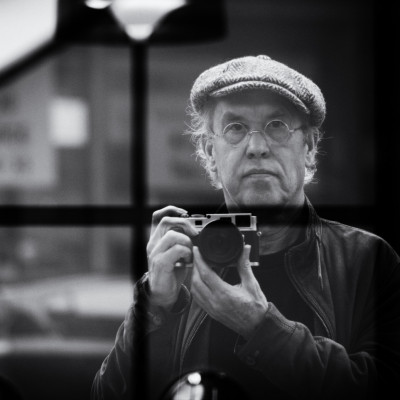 | Hans Martin Doelz CREW Concerning intention: Lately I heard of an interesting photography project. This brought me to the question if the acceptance of an artwork also depends on the story that surrounds the development of the artwork. I think it makes a difference to judge about the artworks created by the dogs if one knows that they were "dog-made" or "man-made" or made by a machine or a computer program. But let's come back to the photography project. Somebody had the idea to photograph his TV-screen every minute during the broadcast of a soccer play of the FIFA world cup 2014. He created as many images as matches took place. Each of these images consisted of a blending of about 90 single images (the shots during the playing time of 90 minutes). The final (blended) images displayed mostly green color (from the grass) and some splatches of other color (the players in different positions during the 90 minutes). Interesting was that the final images looked different, not very different but slightly different. The titles of the images were interesting: it was the particular result of the game, e.g. BRAZIL-GERMANY 1:7. Well, imagine you see these artworks during a visit of a museum without knowing these facts, you possibly turn away and say "this is bullshit". But when you know theses facts, may be that you come to another opinion. A great week to all ! |
 | Mandy Schoch PRO I'm so glad you mentioned Congo and the behaviorists' studies on him, Hans-Martin. When I came across this story, it made me think of the rudimentary facts that I know about Congo, and I'm so appreciative that you have filled in the many gaps for me. That he knew when he was done with his art fascinates me. I read he also threw tantrums if someone took his art away when he wasn't done. Priceless, and even more fascinating actually.
I suppose we can't give these dogs as much credit as we give Congo, for obvious reasons. Don't get me wrong. I'm the first person to agree that dogs sense so much more than we humans do. We have so much to learn about them, and all animals for that matter.
What really struck me about this story is how they actually helped these dogs express themselves, in a way that would not be possible without human intervention. Granted, it is our perception that the splatters of colors represent the freedom and prejudice and mixture of breeds (as far as the artists' statement is concerned), because that's how the humans who put this art movement together orchestrated the outcome. That was the message they intended to project by knowing that the dogs' involuntary instinct would be to shake off that paint. Brilliant!
But as Ralf mentioned, what exactly is art? And in this case, who exactly made this art? The humans set up the dogs to do what they do so predictably: shake off when they're wet. But, the dogs are technically the artists here. That is undeniable. They put the paint on the canvas, without any assistance other than being given the art supplies.
And that makes me think. Suppose a blind man is inspired after reading about Jackson Pollock and decides to make a painting. He is given different colors of paint, a brush and a canvas and goes to work, tossing paint in a way that truly moves him. He continues to work for hours, days maybe — who knows — but eventually he puts his brush down, just like Congo, and says: I'm done.
He will never see it. He will never (visually) know what he produced (just as these dogs, perhaps?)
But he still produced art, didn't he? |
 | Mandy Schoch PRO ... which leads to the word "intention." Maybe intention is the only requirement for creating a work of art. |
 | Hans Martin Doelz CREW Probably, Mandy. An interesting theme which can be discussed for a long time. Maybe somebody else will join the discussion and tell us about his opinion about art. Lately I visited a museum in Munich, Germany, where many works of artist Cy Twombly are presented. Most of them display (for my taste) an ugly composition of colored splotches or some calligraphic attempts. I have great problems to comprehend the intention of this artist but apparently other people don't have these problems. Some of Cy Twombly's works sold for more than 10 Million Dollars. |
 | Hans Martin Doelz CREW Saw that I wrote "Britpop" in my comment below. The Chapman brothers were artists of Britart, not Britpop. Regrettably there is no possibility to edit the text. Being here, I still can add some interesting facts about ape paintings. Many people consider these activities as humorous or as a derisive commentary on modern art. But the intention of the behaviorist who worked with Congo was to make a serious attempt to understand chimpanzees' ability to create order and symmetry as well as to copy other behaviors of human beings when they create art. Congo quickly learned how to handle a brush or a pencil instead of knocking them over or trying to eat them. He always painted within the boundaries of the sheet of paper and never allowed the paint to spill over the edge. He also decided when he had finished a painting: He refused to pick up his brush or pencil over the work. |
 | Gerard Sexton Smashing first post that invites us all to think out of the box. |
 | Thomas Brindt CREW What a fun read! I don't think anyone could guess how those paintings were created. Great video as well. |
 | Hans Martin Doelz CREW Great story, Mandy !
Heard about an auction of Bonhams in London that took place in 2005. Offered were three abstract artworks created by the chimpanzee Congo. They were sold to an american collector who paid 20,000 Euro, about ten times of the estimate. On the other hand an artwork by the Chapman brothers, stars of Britpop, sold for only 2,500 Euro and one artwork by Andy Warhol remained unsold.
The chimpanzee Congo who lives (or lived, I don't know if he's still alive) in a zoo in London was detected by a behaviourist who educated him as a painter. In the 1950s Picasso, Miró and Dali were the most prominent admirers of Congo.
The buyer of the three artworks said that his secret maximum offer at auction had been 70,000 Euro and he was glad that he could buy them for 20,000 Euro.
To all a great weekend
Hans-Martin |
 | Ralf Stelander FOUNDER How peculiar, what a great story Mandy! Really raises some questions about what is art! |